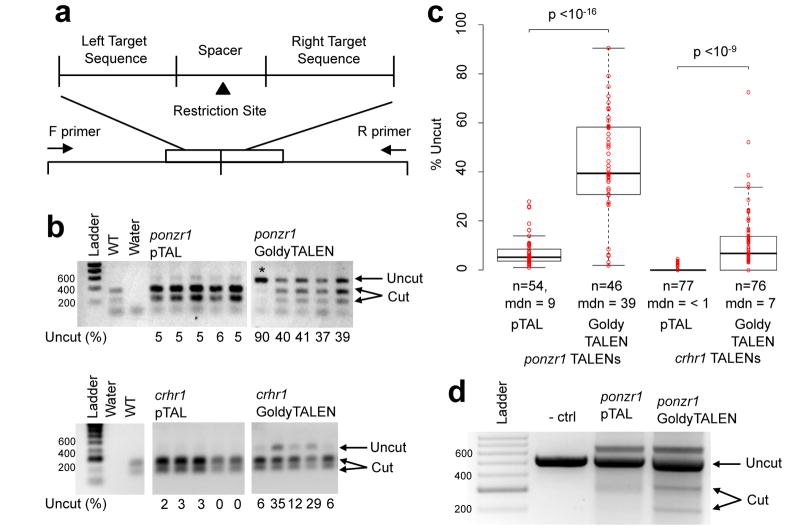Figure 1. Second-generation GoldyTALEN scaffold improves genome-editing efficacy.
a, A schematic showing the layout of TALEN target sites. TALENs were targeted to flanking sequences surrounding a restriction enzyme site for easy screening through introduction of a restriction fragment length polymorphism. b, Relative activity of the GoldyTALEN and pTAL scaffolds at two loci, ponzr1 and crhr1. Under each lane is the percent uncut DNA of a single larva, illustrating the increased activity of GoldyTALEN. c, Whisker plots of the percent uncut DNA demonstrates TALEN cutting efficiency at two loci. ponzr1 TALENs demonstrate a significant (p < 10−16), 6-fold increase in activity using GoldyTALEN. crhr1 TALENs also demonstrate a significant (p < 10−9), 15-fold increase in activity. n = number of embryos screened, mdn = the median percent cut. d, The ponzr1 GoldyTALENs were more active in a cell-free restriction enzyme digestion assay. ponzr1 DNA is labeled in both uncut and cut forms. − ctrl = negative control.

